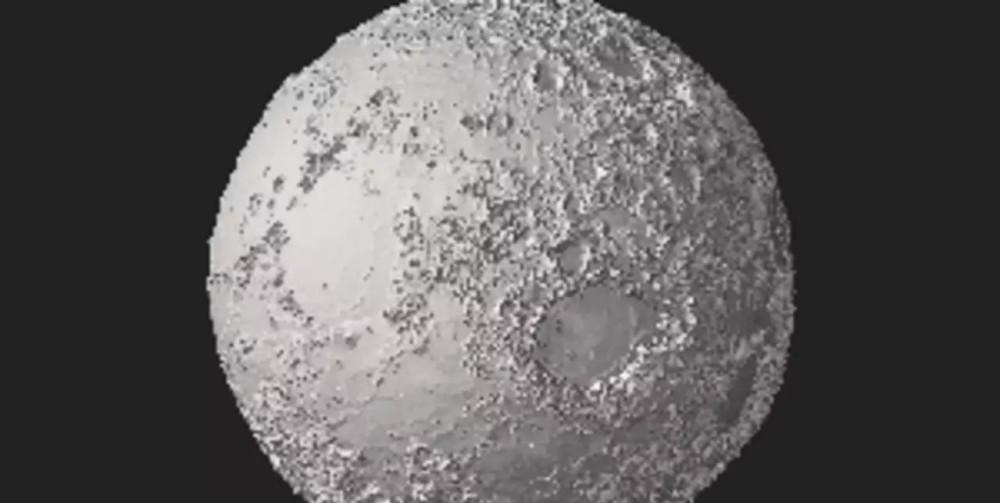According to Ars Technica, data analyst Bill S. The space junk tracker developed by Bill Gray shows that a piece of space junk will hit the moon on March 4, which is the first time ever that a similar event will occur. What was supposed to be space junk for SpaceX rocket thrusters was re-analyzed and found to be the trash left behind by a Chinese rocket launched in 2014.

For the first time ever! But SpaceX was wronged? According to today's quoted news report, the space junk that will hit the moon actually comes from China's Chang'e 5 T1. The Long March 3 C carrier rocket launched in October 2014.
The Long March 3C carrier rocket launched by China's Chang'e 5 T1 mission in October 2014.
According to the Science and Art Network, in early February this year, Bill . Gray developed a program to track space junk and found that one of the pieces would hit the moon on March 4, which would be the first such event ever. Gray had previously speculated that the piece of rubbish was a propeller for the Falcon 9 rocket launched by SpaceX in 2015. The thrusters were planned to be recovered, but that mission didn't have enough fuel to return to Earth, causing the second-stage booster to spiral out of control and float in Earth orbit. According to Bill. Gray said, "I think it's some kind of hardware inside the DSCOVR mission." More data confirmed that WE0913A (codename for this piece of garbage) had surpassed the position of the moon two days after the launch mission, so we thought that this piece of garbage was the second section of the rocket. ”
DSCOVR is an abbreviation for the Deep Space Climate Observatory satellite launched by the National Oceanic and Atmospheric Administration (NOAA) in 2015. The launch was carried by the Falcon 9 rocket at the time.
According to the report, after the news was released, SpaceX was condemned by many parties, accusing them of not disposing of the space junk they created.
But on the 12th, Gray received an email from Jon Giorgini, an engineer at NASA's Jet Power Laboratory, saying that he found that DSCOVR's space orbit was not close to the moon, so the second section of its launch vehicle was unlikely to appear near the moon.
Data Analyst Bill. After re-examining the data, Gray found another possible source, "the Long March 3C carrier rocket launched by China's Chang'e 5 T1 mission in October 2014." The mission launched a small probe to the moon in preparation for future trips to the moon to collect samples. ”
According to Gray, the project's launch time and orbit are fully consistent with the space junk that will hit the moon in early March.
There is currently no further confirmation or rebuttal of this news.